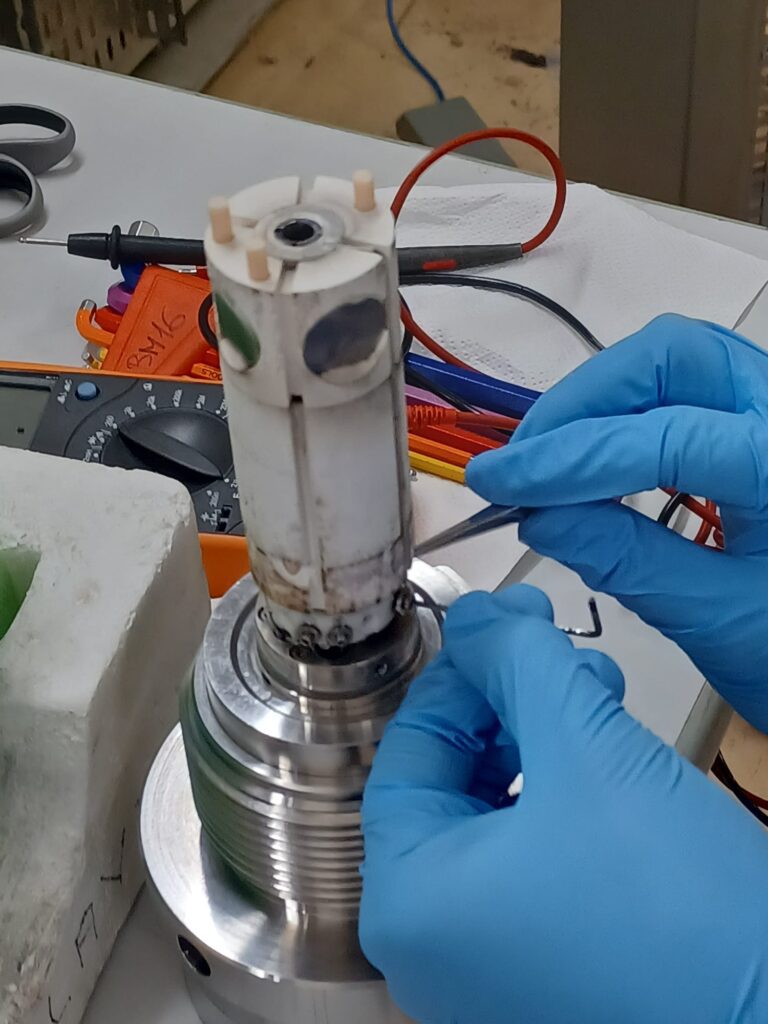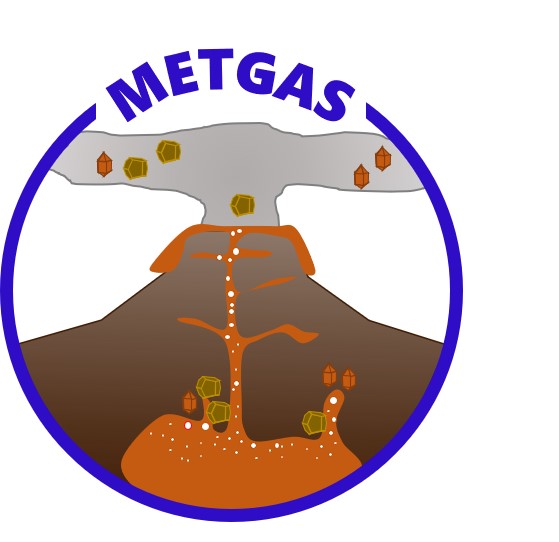Numéro de contrat
ANR-22-CE49-0004
Financement
ANR
Dates
Début : 01/01/2023
Fin : 31/12/2026
Durée de projet
48 mois
Montant
274 k€
Site Web
Coordinateur : Marion Louvel
Abstract: The release of metals associated with magmatic degassing is a critical process in Earth Sciences that is not only key to the development of early life on Earth or the formation of many ore deposits but may also have negative environmental impacts (e.g. release of heavy metals in high concentrations to the hydrosphere and atmosphere), which are yet to be accurately constrained on a worldwide scale.
The METGAS project has been designed to better understand and model how metals are degassed from magmas. Our main goal is to investigate the fluid-melt partitioning and speciation of economic or harmful metals (Cu, Zn, Pb, Hg, Se and Te) in high-temperature fluids and gases. To do so, we propose to combine cutting-edge experimental and analytical approaches at the Institut des Sciences de la Terre d’Orleans and the ESRF synchrotron in Grenoble to 1) analyse high P-T fluids down to the molecular level via in-situ Raman and x-ray spectroscopy and 2) trap and analyze them with IHPVs. We will then use our experimental results to simulate the metallic discharge associated with current or past volcanic activity.
Timeline:
June 2024: Cordula Haupt joined us as a postdoctoral fellow to study the fluid-melt partitioning of metal using IHPV and Pb systematics in hydrothermal fluids via in-situ XAS spectroscopy.
Feb. 2024: First in-situ HERFD-XAS measurements with the FAME autoclave at the Zn K-edge at ESRF synchrotron.
Oct. 2023: Tom Chatelin joined us as a PhD student to investigate the effect of melt composition on Cu, Zn and Se fluid-melt partitioning and speciation.
Feb. 2023: Tom Chatelin started high MSc. project on ‘Se speciation in high-temperature fludis and gases using our in-situ Raman set-up.




